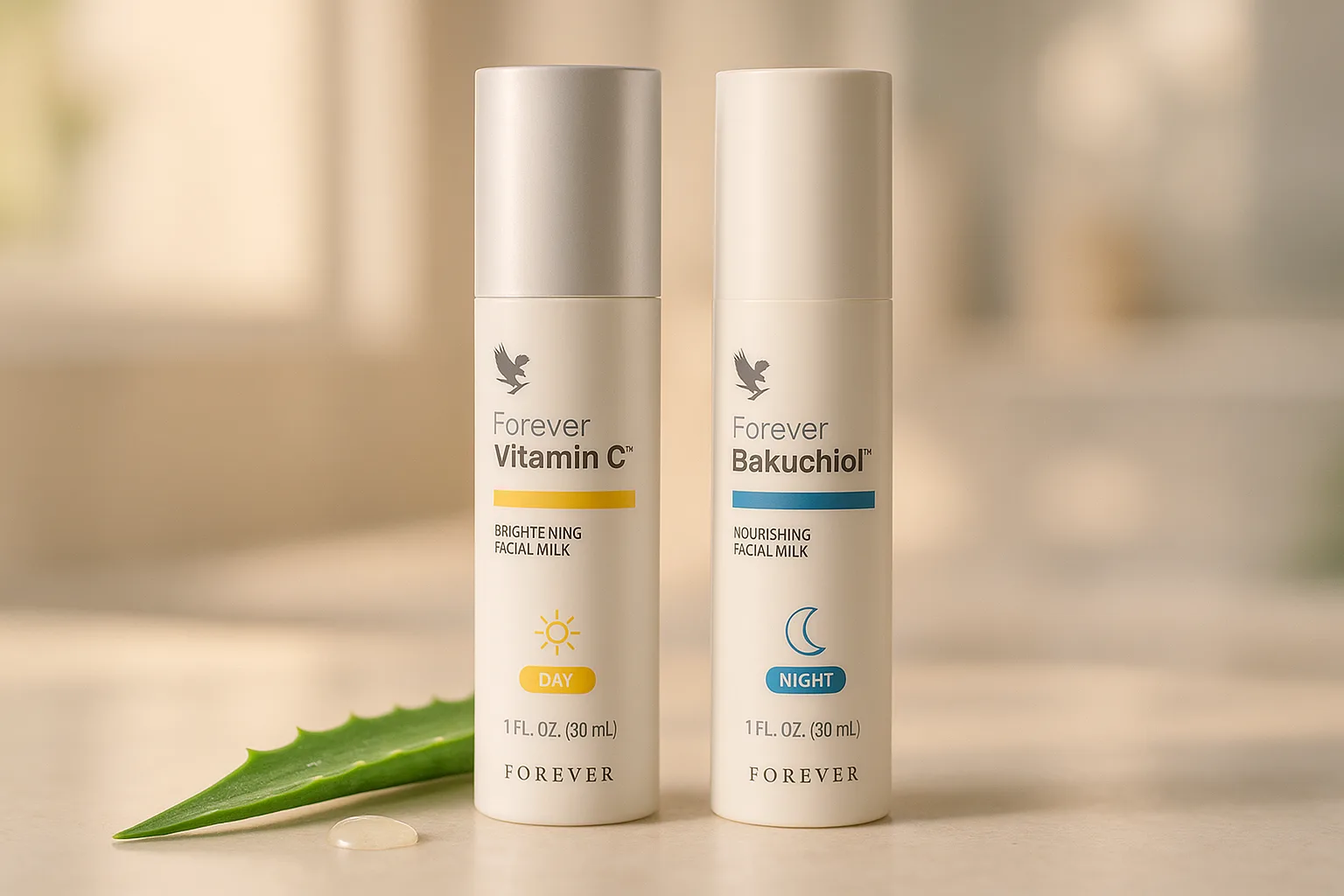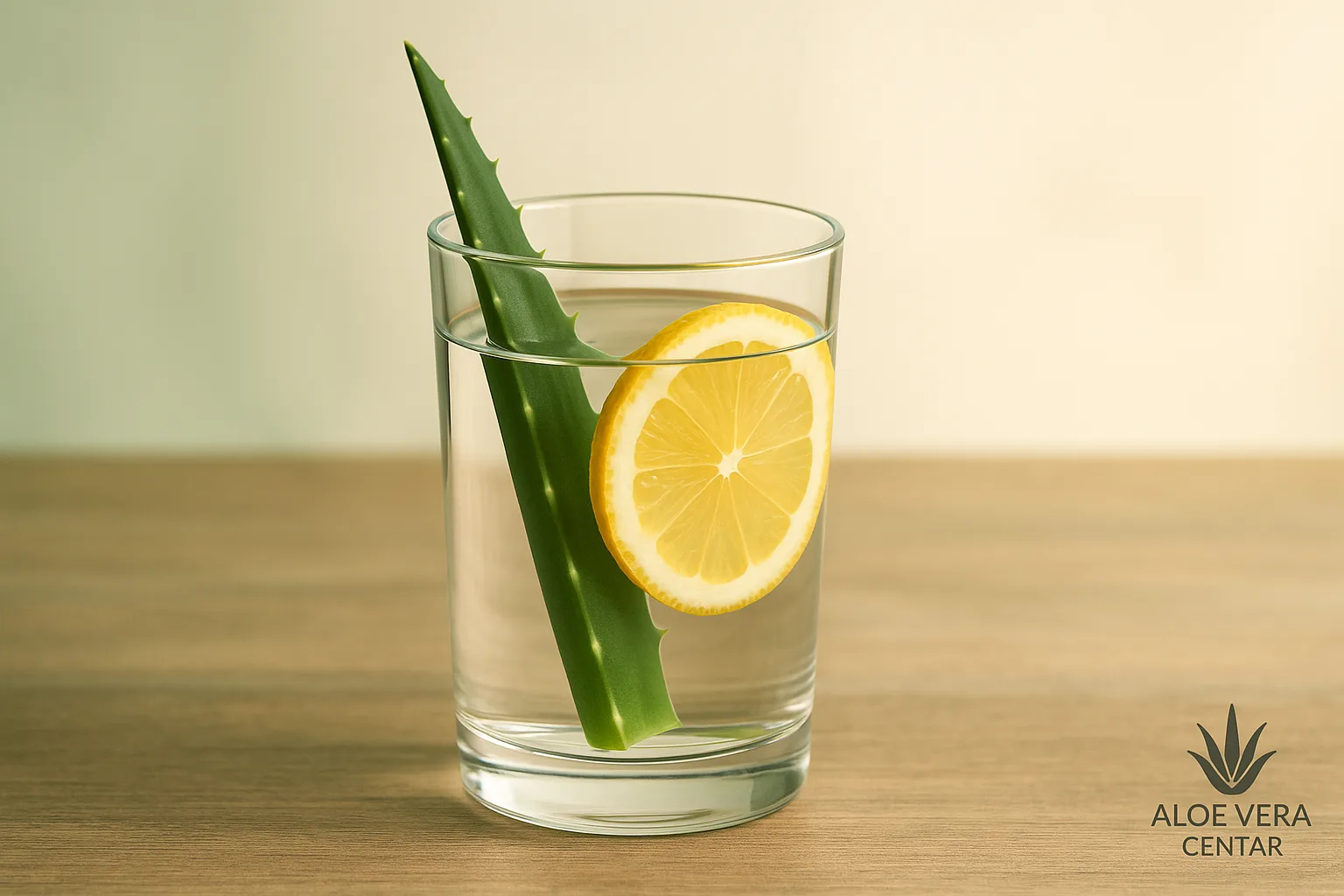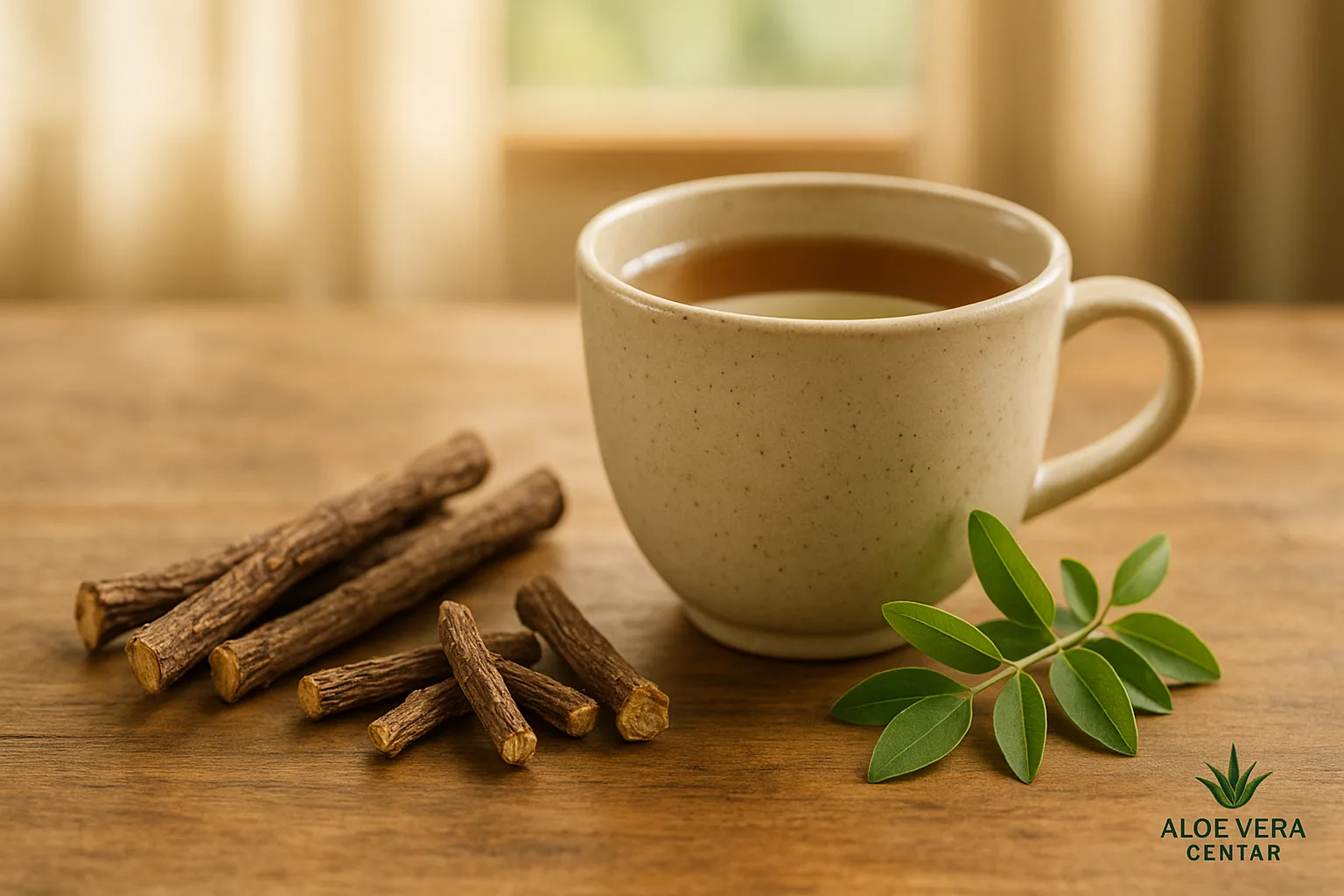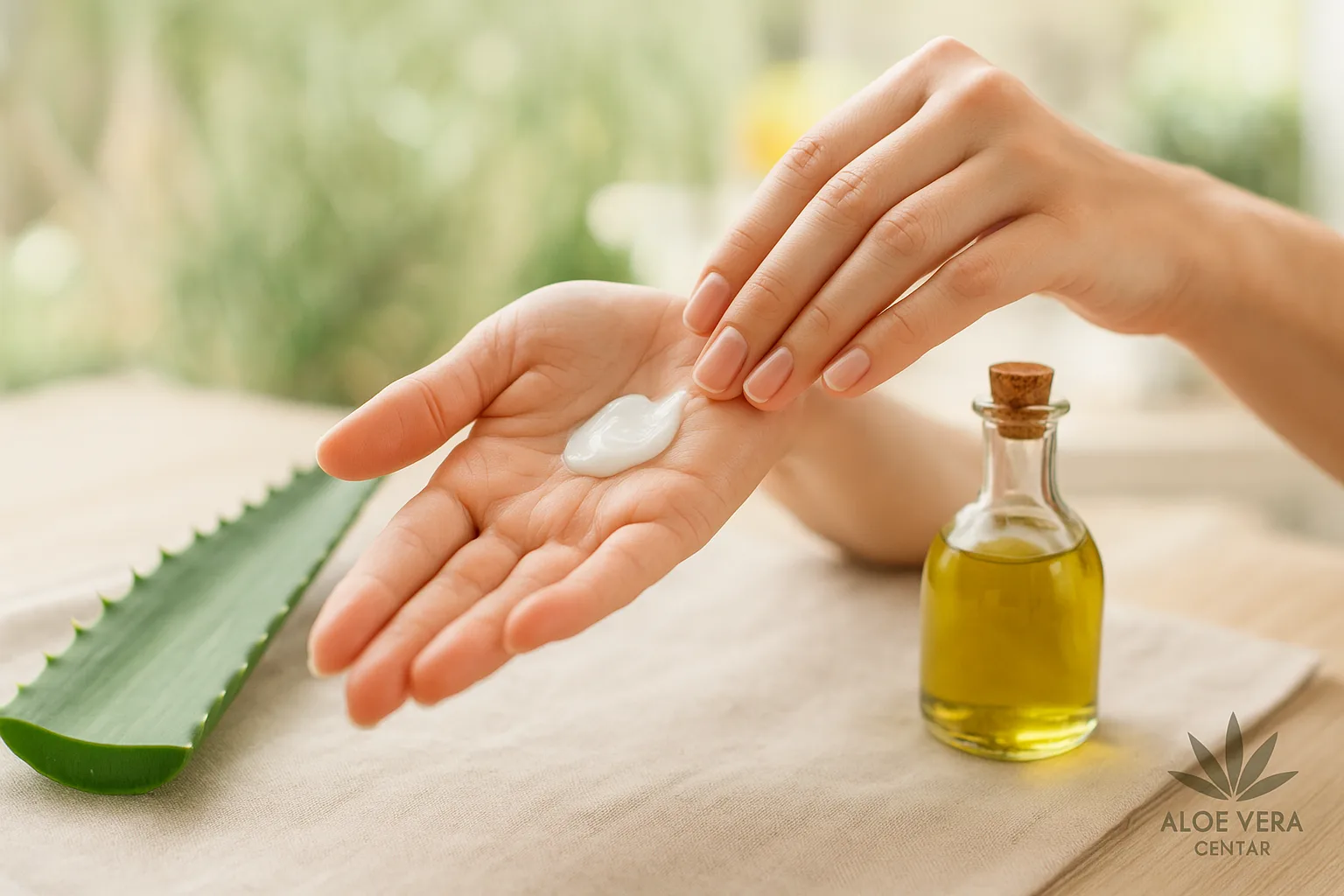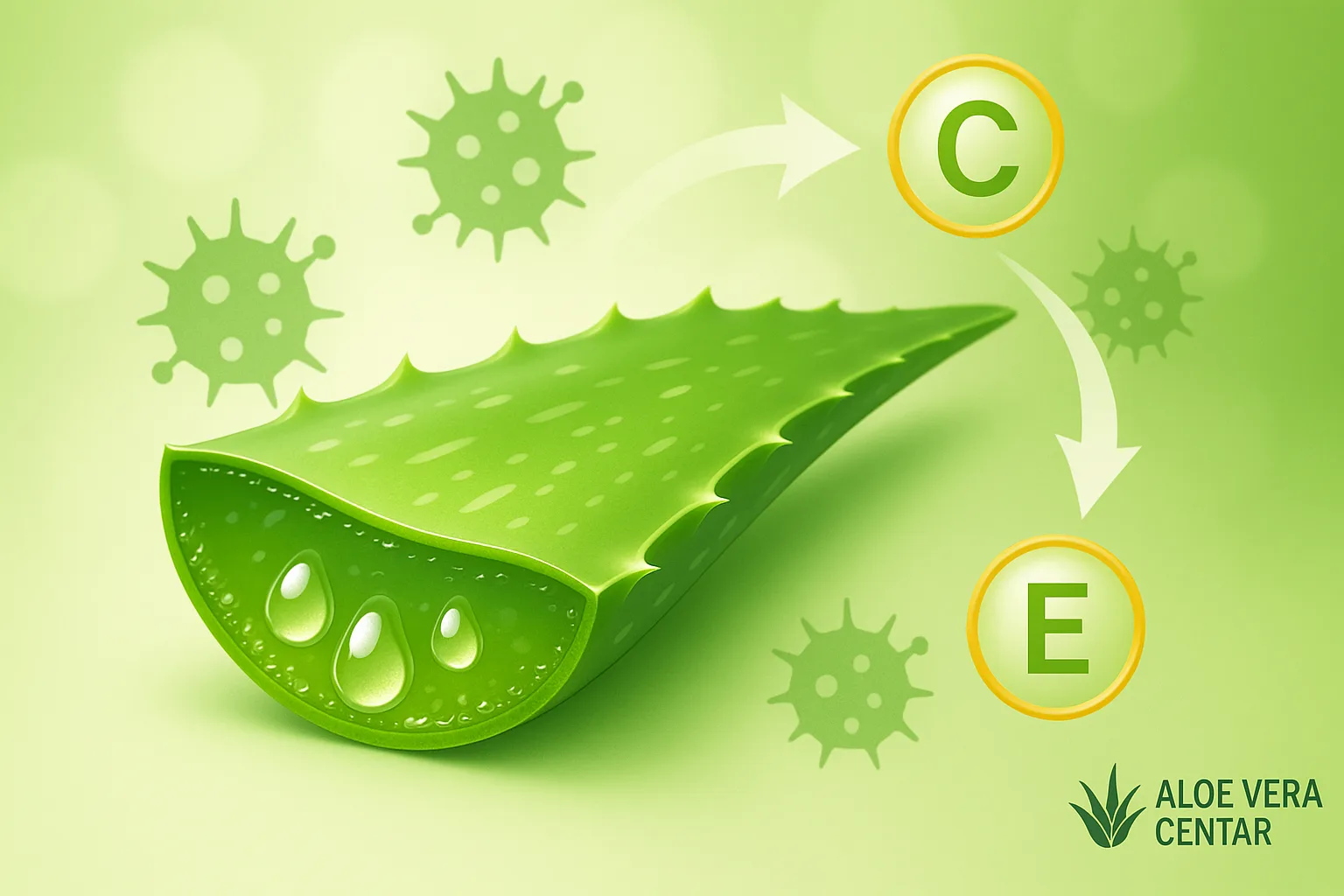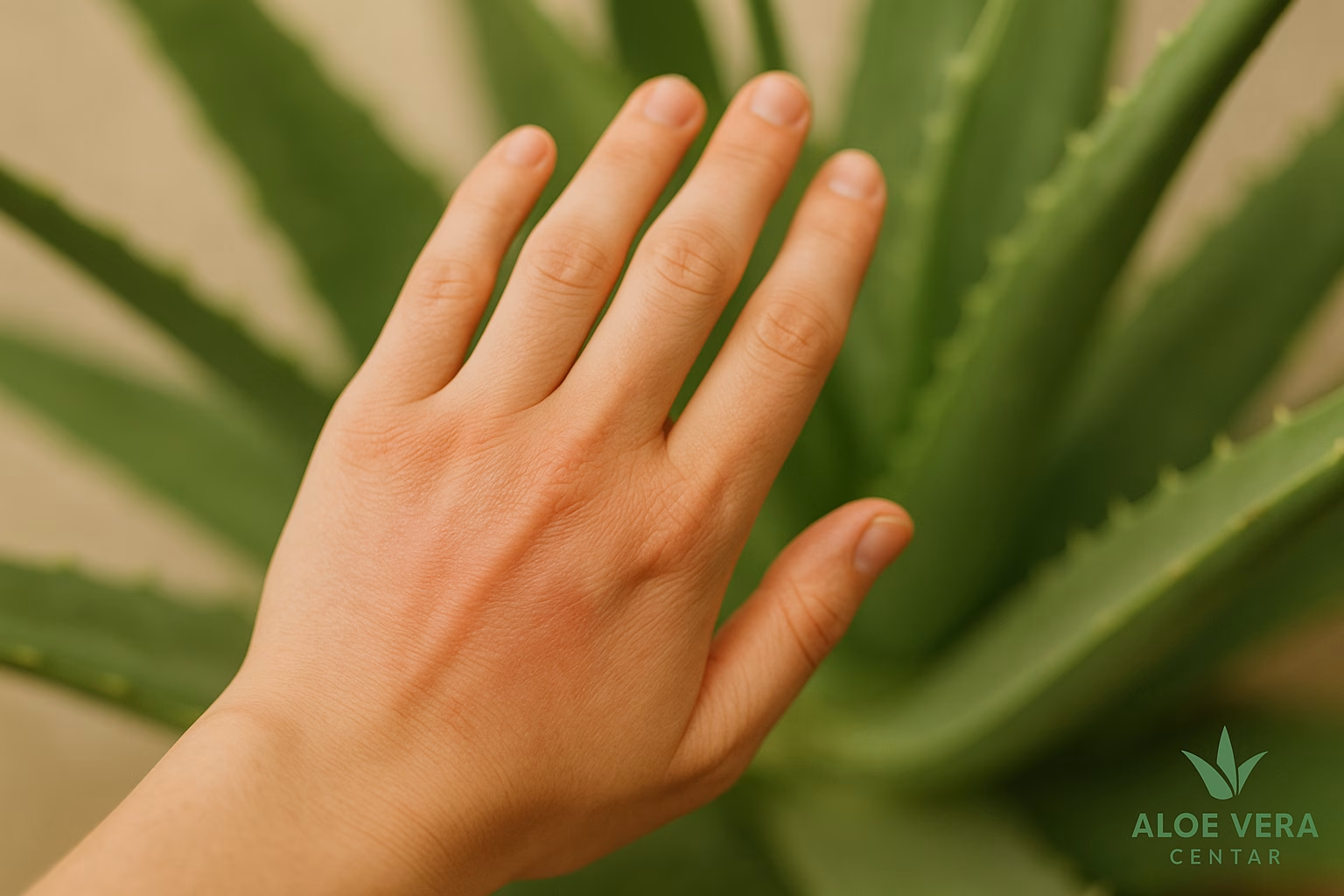
Red Spots on Skin – Causes and Natural Solutions for Healthy Skin
Red Spots on Skin: Causes You Shouldn’t Ignore and Proven Natural Solutions
Red spots on skin may seem harmless – until they appear suddenly, spread, or start itching. At that point, many of us frantically Google what’s happening and wonder if it’s time to see a dermatologist. In this guide, we reveal the most common reasons why skin turns red, how to recognize serious signals, and – most importantly – which natural strategies can provide quick relief. If you want to maintain healthy, balanced skin and prevent future outbreaks, keep reading until the end – we promise practical advice you can apply today.
Why Do Red Spots Appear?
The first thing you need to know is that autoimmune diseases, allergies, infections, and hormonal changes can all lead to the same “red” result on the skin. Here’s the thing: skin is our largest organ and often the first alarm showing that something is happening in the body.
Allergic Reactions and Contact Dermatitis
An allergen can be hidden in a newly purchased detergent, perfume, or even a metal belt buckle. The immune system reacts by creating red, sometimes raised spots that itch or burn. Quick help? Rinse the skin with lukewarm water, apply a soothing cream, and avoid the trigger – easier said than done, but worth the effort!
Autoimmune Skin Conditions
Many skin changes occur when immunity “attacks” its own tissues. In chronic conditions like psoriasis, redness turns into thickened, scaly plaques. If you also experience joint pain, it could be psoriatic arthritis.
If you have low TSH or have already noticed Hashimoto’s symptoms, thyroid hormone imbalance can also trigger redness and dry skin. Additionally, people with celiac symptoms often develop dermatitis herpetiformis – small, very itchy red dots that reveal gluten sensitivity.
Infections and Viruses
You might wonder why even a common viral infection sometimes manifests on the skin. But that’s not all… bacteria (impetigo), fungi (candidiasis), or viruses (herpes zoster) can leave clearly visible red marks. Quick diagnosis through laboratory swabs or blood work prevents incorrect treatment.
Circulation Problems
Redness in the lower legs and ankles with swelling suggests poor lymphatic or venous flow. If you notice a “burning” sensation and warmth to the touch, seek medical advice – especially if you have a family history of thrombosis.
Nutritional Deficiencies
Deficiency in zinc, vitamin B12, and essential fatty acids can weaken the skin barrier. So it’s not surprising that fans of restrictive regimens – for example, those just trying the Keto diet – sometimes experience “keto rash,” finely dispersed red spots that resolve after adjusting macronutrient schedules.
Natural Solutions that Work
1. Cold Compresses and Soothing Herbal Baths
A quick tactic to relieve stinging is a 10-minute cold compress. Additionally, a bath with fine oatmeal powder or chamomile soothes the skin surface. Here’s a little secret: add two tablespoons of aloe vera gel to the bath for extra cooling effect.
2. Aloe Vera – your Skin’s Green Shield
When redness “flares up” overnight, many swear by Aloe Propolis Creme. The combination of stabilized aloe gel and bee propolis nourishes the skin, while natural flavonoids help calm inflammation. Apply a thin layer twice daily – results are often visible within a few days.
3. Targeted Nutritional Support
- Omega-3 fatty acids – Reduce inflammation from within; oily fish or high-quality supplements are good choices.
- Vitamin C and bioflavonoids – Strengthen capillaries and connective tissue; citrus fruits are an excellent source.
- Probiotics – The gut-skin connection isn’t a myth. Establish good microbiota balance and irritations resolve faster.
4. Stress Management and Quality Sleep
It sounds simple, but chronic stress raises cortisol levels and “cooks up” inflammation throughout the body. Brief meditation before bed, a warm cup of Aloe Blossom Herbal Tea, and deep breathing can significantly reduce the number of flare-up episodes.
Prevention: Small Steps for Long-term Skin Health
You might wonder how to avoid future outbreaks? Keep reading…
- Hydrate regularly – Dehydrated skin breaks more easily and absorbs allergens.
- Wear natural fabrics – Cotton and bamboo reduce friction and irritation.
- Keep a symptom diary – Record food, cosmetics, and stressful situations to easily spot patterns.
- Regular check-ups – A dermatologist or immunologist can detect inflammatory markers early and advise on therapy.
When is it Time to Visit a Doctor?
If spots spread despite home care, are accompanied by fever, bleeding, or pain, don’t delay professional examination. Sounds too good to be true? Keep reading… quick intervention can prevent chronic complications and reduce the need for aggressive medications.
Want a personalized nutrition and care plan? Click to use our AI advisor, and if you’re ready to try premium skin products, get 15% off your first order – offer valid for a limited time!
Frequently Asked Questions
How to Distinguish between Allergic Rash and Psoriasis?
Allergic rash appears quickly after contact with an allergen, often itches, and resolves within a few days. Psoriasis creates thickened, silvery scales that last for weeks or months and may be associated with joint pain.
Can Home Remedies Completely Replace Medications?
A natural approach can significantly alleviate symptoms, but chronic or serious changes require professional supervision. Always combine dermatologist advice with proven home methods.
Is Skin Redness Connected to Digestion?
Yes. Gut flora imbalance often reflects on the skin. Probiotics and fiber can improve the condition, especially when spots are caused by autoimmune processes.
How Often should I Apply Aloe Propolis Creme?
In the acute phase, twice daily is recommended, while after symptoms subside, you can switch to maintenance once daily.
Conclusion
Red spots on skin aren’t just an aesthetic problem; they often hide a deeper story about our immune, hormonal, or digestive health. Using proven natural strategies, like aloe vera, targeted nutrition, and smart stress management, you can significantly reduce the frequency and intensity of outbreaks. Remember, for an individual plan and additional recommendations, you can always seek advice from our AI assistant or take advantage of the discount on products that will bring your skin long-term relief. Your skin deserves it!
Want to learn more about how skin reacts after acne? Check out the article on post-acne hyperpigmentation and prevent permanent marks. If you’re interested in natural teeth whitening, we recommend the guide on natural teeth whitening with aloe vera and baking soda. For women seeking additional support during sensitive periods, the article on PMS and natural solutions is helpful, as well as the review of red clover for hormonal balance. And for daily prevention through nutrition, get inspired by our healthy eating recipes and nourish your skin from within.
Note: This article is for informational purposes only and is not a substitute for professional medical advice. In case of serious or persistent symptoms, please consult a doctor or specialist.

